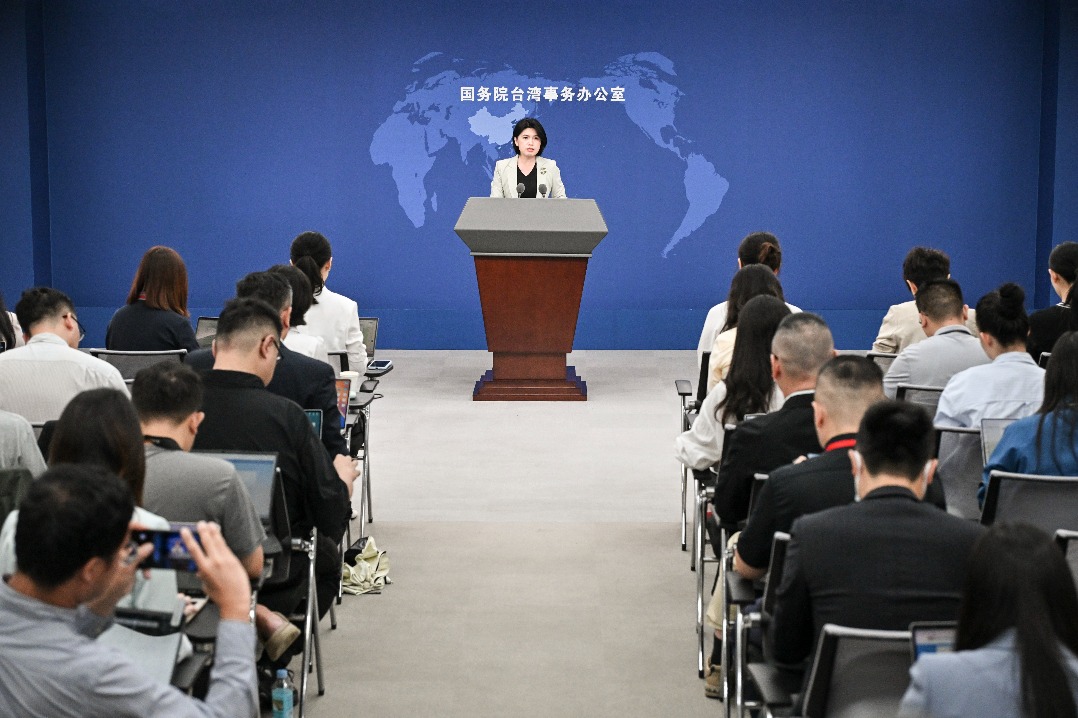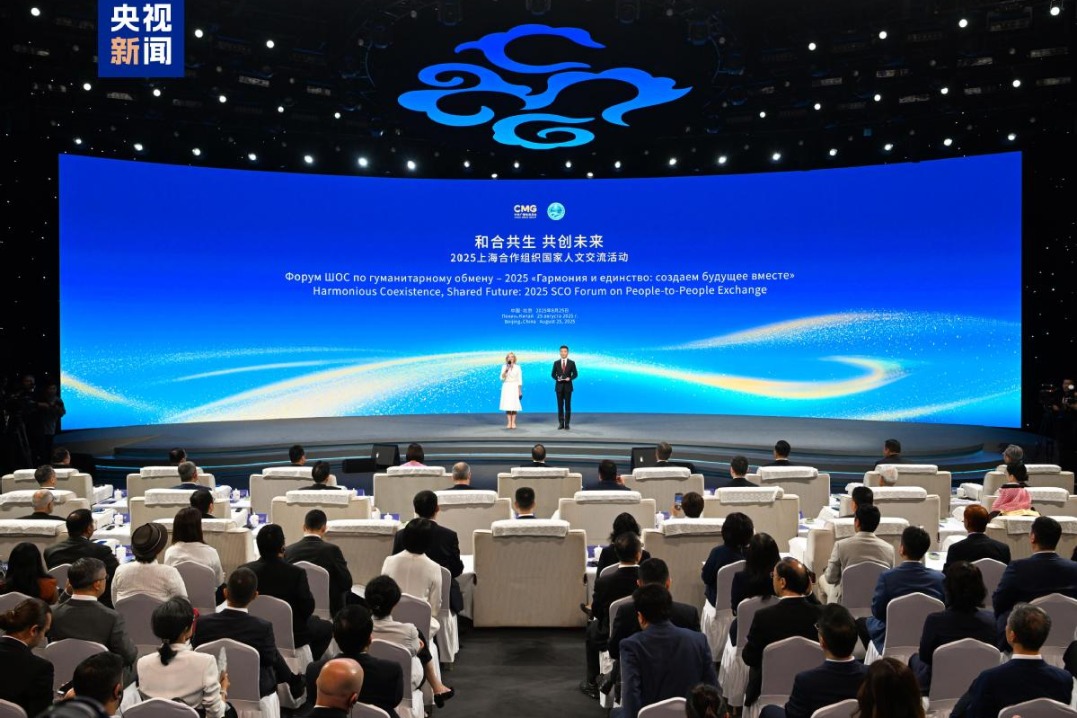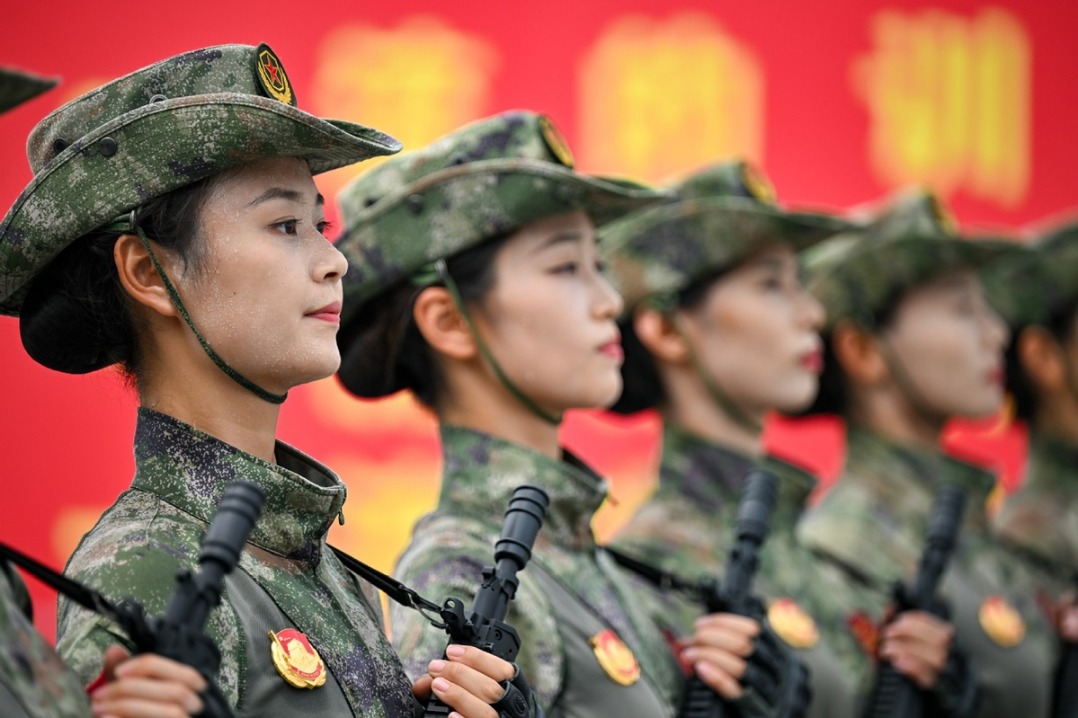No going back
China's low-carbon transition is aligned with its economic goals and improving the welfare of its people


China has become a global leader in combating climate change with its goals of peaking carbon emissions before 2030 and achieving carbon neutrality before 2060. However, China's energy transition and economic expansion face significant challenges.
Last fall, China had to roll out blackouts to deal with a severe electricity shortage. Some claim the pace of reducing coal consumption might have been too aggressive. China recently stressed the importance of "firmly holding the energy rice bowl in our own hands". This should not be wrongly interpreted as a signal it will backtrack to fossil fuels. On the contrary, the Chinese government has reiterated that energy supply should be secure, affordable and clean. Because the energy transition will be a decade-long process, a too aggressive transition will paralyze the energy and economic system. However, a too slow transition will jeopardize the climate system.
In the short term, we may see a rebound in coal consumption to address the concern of energy security. However, the fate of coal in the long term has already been determined. Even without the climate crisis, China still has the incentive to cut down its coal consumption because of air pollution. Since 2013, China has dramatically cleaned up its sky faster than any country in the world. Given that environmental protection is a national priority, China is unlikely to go back to coal.
Because of geopolitical considerations, China cannot rely on oil or natural gas. In 2020, China imported 83 percent of its oil and 42 percent of natural gas. Most oil and gas imports come from geopolitically unstable regions vulnerable to conflicts. For example, the ongoing Russia-Ukraine conflict has dramatically disrupted the global oil and gas supply. Inflated oil and gas prices, as a result, threaten the recovery of the world economy. In this context, China has a strong incentive to expedite the energy transition to enhance its energy security by reducing the dependence on foreign fossil fuels.
Renewable energy has been growing at an unprecedented pace in China. As the country with the largest renewable energy resources, China had installed over 1 billion kilowatts of renewable energy capacity by 2021, almost equal to the sum of all other countries in the top 10 list. China's installed solar and wind power generation capacity both totaled 300 million kW. Its renewable energy generation reached 2.48 trillion kilowatt-hours in 2021, accounting for 30 percent of domestic electricity consumption. Nevertheless, coal power still generates about 60 percent of electricity, and the resulting emissions will continue to grow.
The energy transition can be costly. Firms must switch to more expensive energy sources or change their production processes. The slowing down of economic growth exacerbates the concern about China's climate ambition. During the National People's Congress annual session this year, China announced it was setting a GDP growth target of around 5.5 percent, the lowest in 30 years, although it is still higher than most economies in the world. There are concerns that China will rekindle the engine of economic growth by resorting to carbon-intensive industries. This is not the case.
China strives to boost its economic growth by relying on more sustainable solutions. Earlier this year, 12 authorities including the National Development and Reform Commission passed a policy document to stabilize the growth of the industrial sector. Of the 18 categories of policies proposed, at least half are directly related to China's emissions peaking and carbon neutrality goals. These climate-relevant policies include subsidies for new energy production, energy efficiency improvement, incentives for low-carbon innovation and a conducive policy ecosystem for the green industry. These policies will reduce China's carbon emissions and strengthen the competitiveness of these industries in the world.
For more than two decades, China has identified developing low-carbon industries as a national strategic priority. With continued policy support, it has cultivated booming new economic opportunities related to the manufacturing, installation and consumption of low-carbon products. In 2020, China supplied 67 percent of solar photovoltaic modules globally; six Chinese companies entered the top 10 list of wind turbine manufacturers. China also leads the electric vehicle industry. In 2021, its lithium-ion battery manufacturing capacity accounted for 79 percent of the world's total. In addition, China sold 3.2 million electric vehicles, about the combined sales in all other countries.
China's experience demonstrates that the low-carbon transition does not necessarily conflict with economic growth. Appropriately designed carbon emissions regulations and policies, such as the carbon market, can stimulate innovation and reduce the compliance costs for companies. A recent study published in the Proceedings of the National Academy of Sciences found no evidence that China's regional carbon market pilots impair a company's competitiveness. Businesses adapt to the regulation and reduced labor and capital inputs by improving productivity. As a result, they successfully reduce carbon emissions while maintaining the same output level.
The transition to a low-carbon economy is an arduous journey. But it is aligned with China's intrinsic national interest of further growing its economy and improving the welfare of its people. The challenges in energy transition and GDP expansion are temporary. The new economic opportunities created by the low-carbon transition will eventually benefit China and the world in the long run.
The author is director of the Initiative for Sustainable Investment at Duke Kunshan University and chief economist at Green Finance Forum of 60.


































